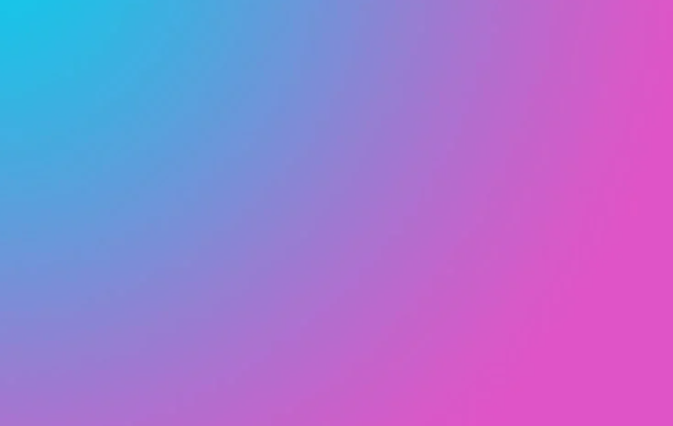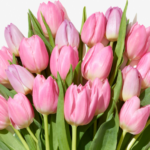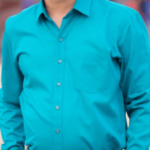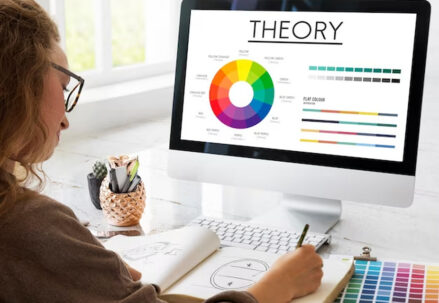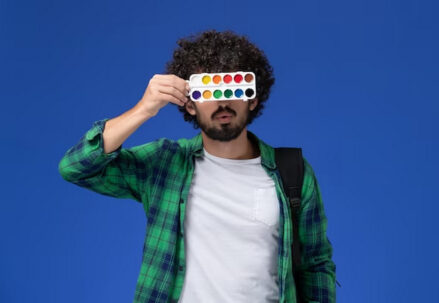Teal, that particular hue of greenish-blue oscillating between medium and dark, encapsulates an understated elegance and calming aura. This color is versatile in its implications, often denoting creativity, tranquility, and sophistication. Frequently associated with tropical coastlines and the sea’s soothing nature, this shade lends a serene touch to diverse design spaces and artistic creations.
In contrast, imagine purple – a hue steeped in associations with royalty, affluence, influence. This powerful color infuses any palette with rich depth. A harmonious blend of blue’s stability intertwined with the fervent energy of red results in purple – a symbol of mysticism and spiritual fulfillment. Ponder then on the question ‘what novel tint emerges when teal meets purple?’ The fusion invites curiosity into uncharted territories within the sphere of color theory applied to artistry and design.
Understanding Color Mixing Basics
To fathom the intricate dance of color fusion, one must first delve into the fundamental tenets of color theory. The Classic color wheel is a spectrum composed of three cardinal hues – red, yellow and blue; three secondary pigments – orange, green and purple; as well as six tertiary shades that arise from the commingling of a primary hue with its proximate secondary. These serve as the elementary bricks in erecting any vibrant palette for art or design.
When scrutinizing sartorial pairings in fashion’s vast tapestry, one query frequently bubbles to the surface: “Is it acceptable to adorn oneself in both purple and teal?” According to the analogous palette principle, opting for hues nestled within close quarters on the color wheel cultivates an alluring blend. Given their positional proximity on today’s modern version of this circular chromatic guide – they are neighboring tertiary colors after all – donning teal and purple together can indeed result in visually appealing attire.
Moreover, such principles unearth more than just potential wardrobe combinations but also seep into various domains including interior decor decisions, digital media design choices and even lighting arrangements.
The Science Behind Mixing Teal and Purple
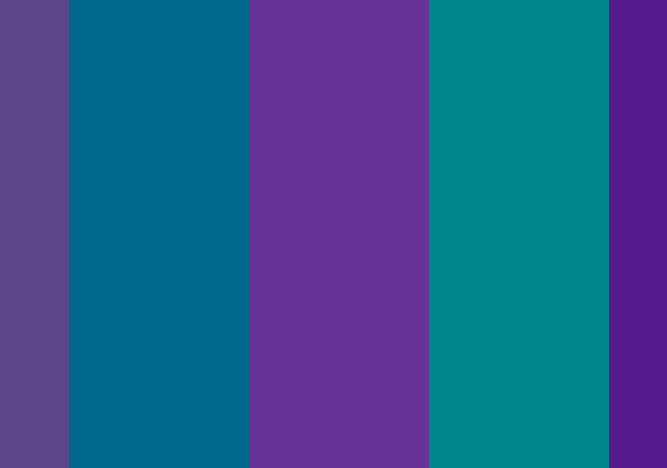
In the realm of colors, particularly in fusing unique shades such as teal and purple, one finds themselves entangled in a web intricately spun from color theory principles and the physics of light. The perplexing endeavor known as color mixing is underpinned by processes that either add or subtract light wavelengths from a given hue.
Consider this – when sunlight, an amalgamation of numerous colors itself, engages with an object, it begins to absorb and mirror specific wavelengths. It’s these reflected wavelengths our eyes decode into recognizable hues like teal or purple.
It might interest you to know that on the artist’s wheel of colors, teal and purple hold positions at diametrically opposite ends. Imagine teal lounging comfortably between green and blue while across the circle; purple thrives within red and blue’s embrace. According to basic understanding, combining such complementary hues should yield a gray shade.
However reality often diverges from theory when we dive into practical applications involving paints or pigments or even additive color processes. Herein lies burstiness – the final result is impacted significantly not just by what medium has been used for mixing these colors but also how much proportion each holds in this mix along with which specific version of ‘teal’ or ‘purple’ was deployed during creation.
And let’s not forget environmental influences too! Aspects such as lighting conditions and textures around us play their part too – they have substantial weightage over our perception regarding any chosen color scheme.
Influence of Light on Color Mixing
The role of light in our color perception is undeniably crucial, acting as a significant player in the realm of colors. Its ability to manipulate the appearance of hues like teal and purple – intensifying or muting them according to its presence, absence, or varying intensity – becomes an essential element when mixing these colors. This phenomenon draws upon the basic tenets of light physics where essentially, color is nothing but visual perception shaped by how our eyes’ photoreceptor cells respond to different wavelengths emanating from sunlight.
Additionally, lighting conditions have a profound impact on color-mixing processes. Picture this: under dim-light circumstances, vibrant splashes such as teal and purple take on altered personas – they can appear subdued or even veer towards greyness when mixed as opposed to their interplay in bright illumination. Adding another layer of complexity is the concept of viewing angle influencing color perception; an intriguing effect coined as ‘color incidence.’ These factors present both challenges and fascinating experiences for artists and designers who venture into exploring myriad hues amidst varying degrees of light.
The Role of Pigments in Color Creation
In the labyrinth of color perception, pigments are pivotal players. Essentially, these substances act as sponges for certain light wavelengths and mirrors for others. The hues we perceive hinge on which wavelengths bounce back to our eyes. A red apple’s crimson hue is simply a reflection of its refusal to absorb red light.
Venturing further into the enigma that is color genesis, it becomes paramount to grasp the core disparity between additive and subtractive color mixing – both intimately tied with pigments’ roles. Additive color mixing involves primary colors such as red, green, and blue converging to create white light. Subtractively though, when dealing primarily with pigments, cyan, magenta and yellow assume the role of primary colors.
This schism underpins much of our understanding in various realms where color creation is key – from daubing paint onto canvas or transferring ink onto paper. Comprehending this fundamental tenet helps us decode how different colors come together creating new shades & why resultant hues manifest in their unique ways.
Resultant Color from Combining Teal and Purple
In the course of fusing the vivid tints of teal and purple, an intriguing chromatic event unfolds – a deep blue of elegance emerges. This surprising result is born from the marriage of these divergent colors, where teal’s inherent lean towards a greenish-blue hue seems to square off against the regal richness embodied by purple. Yet, this very discordance gives birth to an exquisite shade of blue that displays a distinctive sophistication.
This particular species of blue remains elusive – it isn’t quite navy or sapphire but rather something intrinsically complex and indefinable. The subtle green undertones present in teal serve to temper the typically dominant intensity found in purple, giving rise to a form of blue imbued with warmth and depth. It defies initial presumptions; instead, when teal collides with purple it results in an energetic blend that pulsates with richness and aesthetic appeal.
Bearing such qualities makes this unique deep-blue tone invaluable for those immersed in visual professions such as artists and designers – serving as both palette inspiration and creative challenge.
- The resultant deep blue color is a unique blend of teal and purple, embodying both the greenish-blue hue of teal and the regal richness of purple.
- This shade isn’t easily comparable to other blues such as navy or sapphire; it has its own complex identity that defies easy categorization.
- Teal’s green undertones temper the intensity normally found in purple, creating a warm and rich version of blue.
- The fusion results in an energetic blend that pulsates with aesthetic appeal, offering a distinctive sophistication not typically seen in conventional shades.
- This unique tone proves invaluable for visual professionals like artists and designers – it stands as a source of inspiration while also presenting itself as an engaging creative challenge.
Applications of the Mixed Color in Art and Design
In the realm of artistry and design, a peculiar union of teal and purple unfolds, bestowing creators with an extended canvas for their imaginative tales. This fusion is acclaimed for its charming aesthetics – it upholds a contemporary freshness yet envelopes itself in an aura of mystery and finesse.
For instance, digital artisans often find themselves delving into this combination within their craft. They seize the striking opposition and modern edge that teal against purple presents to concoct captivating imagery and web interfaces.
Similarly, designers who specialize in surface patterns utilize this color amalgamation in their creations. The soothing elegance of teal juxtaposed with the profound richness exuded by purple manifests as an enchanting visual dance in their motifs. Not only does this vibrant yet graceful color theme finds its presence across interior décor realms and fashion landscapes but also caters to both audacious avant-garde pieces along with softer refined undertakings – truly epitomizing versatility.
The harmonious interplay between teal and purple addresses our psychological craving for equilibrium in visual harmony thereby opening doors to myriad applications across diverse design mediums.
FAQs
The application of mixed colors spans across diverse spheres like painting, interior decor, graphic designing, fashion styling, among others. They are instrumental in setting a particular mood, evoking an array of emotions, directing focus to certain parts and crafting pleasing visual arrangements.
Illumination holds significant influence over color blending. Notably, the hue emitted by a light source can drastically modify our discernment of a color. To illustrate this point – daylight might project one shade whereas under incandescent or fluorescent lighting the same shade could appear strikingly different.
Teal combined with purple typically results in hues ranging from blue to grayish-blue. Nevertheless, precise shading depends upon factors such as distinct tones of teal and purple employed for mixing, chosen medium for combination along with the prevailing lighting conditions.
Essentially put – blending colors involves merging two or more shades to conceive a novel tint. Trio primary hues comprising red, blue and yellow concoct all other possible palettes if amalgamated in varying proportions. Nuances come into play given aspects like brightness levels involved alongside texture patterns plus specific pigments utilized.
Pigments are special substances that imbibe select light wavelengths while reflecting others; these reflections get registered as colors through human eyesight. Each pigment has unique absorption-reflection properties leading to varied tints creation thus enabling artists to create numerous shades combinations during their creative process.
